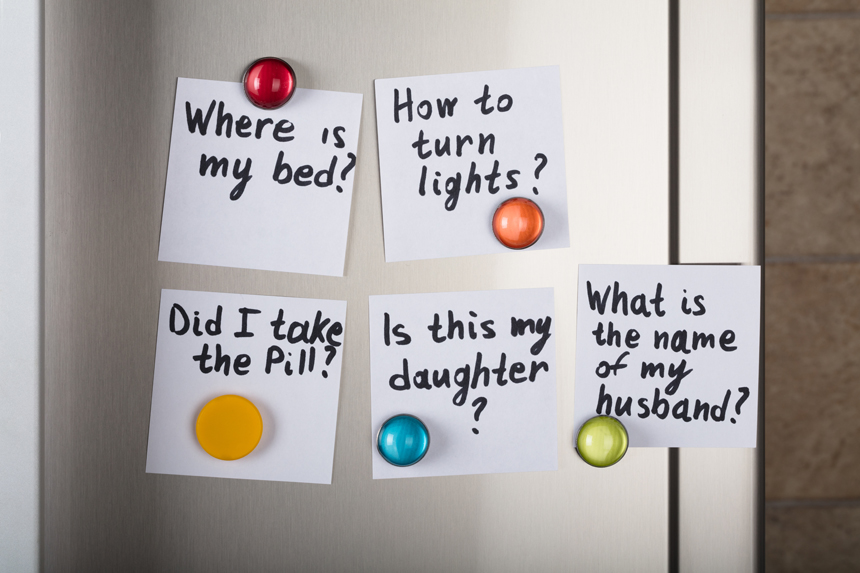“Your Health Checkup” is our online column by Dr. Douglas Zipes, an internationally acclaimed cardiologist, professor, author, inventor, and authority on pacing and electrophysiology. Dr. Zipes is also a contributor to The Saturday Evening Post print magazine. Subscribe to receive thoughtful articles, new fiction, health and wellness advice, and gems from our archive.
Order Dr. Zipes’ books, Ari’s Spoon, a new novel, as well as Bear’s Promise and Damn the Naysayers, A Doctor’s Memoir. Check out his website at dougzipes.com.
My wife and I frequently have difficulty recalling names and recent events. Often, the conversation goes, “What was the name of the guy we met at the mall.?” Or, “What was that restaurant we ate at last week?” And, “What were we watching on Netflix last night?”
Yet, we can easily remember the name of our third-grade teacher or Grannie’s phone number when we were eight years old. I still remember the address to send four Cheerios box tops and 25 cents to receive the whistling ring that saved the life of 1950s radio cowboy star Tom Mix when he whistled for his horse, Tony: Tom Mix, Box 808, St. Louis, Missouri.
Memory loss is a complex and prevalent challenge faced by the aging population. Often associated with a decline in cognitive functioning and quality of life, memory changes may be accompanied by personal, social, healthcare, and economic costs. A functioning basic memory system is essential for activities of daily living, such as making financial decisions, interacting with friends and colleagues, and scheduling activities, and impairment contributes to the costs of growing old. Accelerated decline in memory that results in dementia, including Alzheimer’s disease, affects millions globally. Providing sustainable and efficacious solutions to memory loss in our aging population is a pressing need.
Substantial progress in neuroscience has identified the brain circuits and networks that underpin memory, and studies have suggested that rhythmic activity of brain function may be important to protect or even enhance memory for older adults in a rapid, inexpensive, and sustainable fashion.
In a recent study, 150 people 65-88 years old received noninvasive electrical brain stimulation for 20 minutes over four consecutive days. The stimulation produced selective boosts in recalling a series of numbers two to four days later, as well as one month later. The scientists found that applying extremely weak high frequency electrical current safely and noninvasively to the front part of the brain selectively improved long-term memory without changing short-term memory, while applying the same kind of specialized alternating current farther back in the brain at a low frequency selectively improved short-term memory without changing long-term memory.
Thus, transcranial (across the skull) stimulation, depending on its location and frequency, could improve either short or long-term memory because of the brain’s ability to reform and develop new neural connections throughout an individual’s life.
Before we all run to the hardware store for wires and generators to stimulate our brains, more extensive controlled trials are needed to replicate these results in larger and diverse populations and evaluate the long-term effects and safety. More research will also help determine the optimal parameters for stimulation to insure the longest lasting and most substantial benefits. However, these preliminary results offer hope to memory-impaired older populations worldwide.
Oh yeah, I remember now – we were watching Gregory Peck in To Kill a Mockingbird after we ate a delicious dinner at My Neighbor’s Grill last night.
Become a Saturday Evening Post member and enjoy unlimited access. Subscribe now



